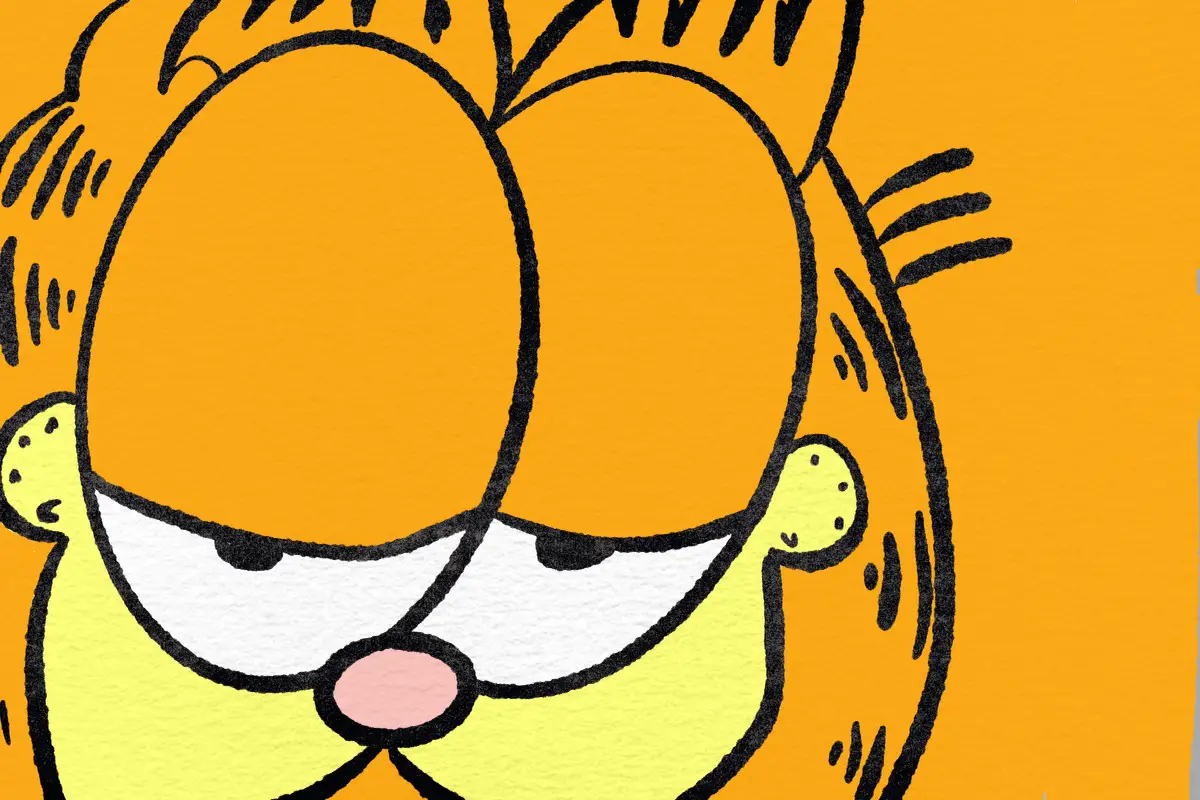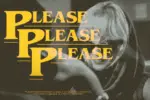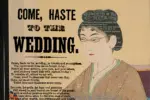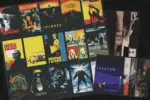After a decline in popularity around the early 2000s, Garfield made a comeback via ironic internet fandom, only to end up with a genuine fanbase in the 2020s.
He hates Mondays, loves lasagna and he’s back in a big way.
With The Garfield Movie set to release in May 2024, the iconic orange cat is more relevant than ever. The reaction to the trailer when it hit social media was surprisingly positive, given the vitriol surrounding both Chris Pratt and reboots. More surprising, however, was the amount of attention the trailer drew from the older Gen Z and millennial crowd, revealing an earnest fanbase for possibly the cutest Garfield character design yet.
As long as the internet has existed, Garfield has always had a fandom of sorts. In fact, since Jim Davis’ first Garfield comic debuted in 1978 in the Chicago Sun-Times, the cat has almost always been in the cultural zeitgeist in some form. When the paper tried to pull Davis’ comic just a few months after it began, they were bombarded by so many complaints that they had to bring him back.
Garfield originally drew readers in with his entertaining gags and subversive but relatable commentary. Davis tried to incorporate humor styles from the British shows he liked, such as Monty Python and Benny Hill, and to create gags that were satisfying for both children and adults. Combined with Davis’ marketing prowess, and particularly a Garfield toy craze in the ‘80s, Davis’ strip blew up in popularity to the point that it came second only to Peanuts in terms of brand recognition.
Unfortunately, Garfield’s popularity eventually turned to oversaturation, and he began to grate on the public. He was on posters in schools, in animated shows and television specials and, of course, ever-present in the daily newspaper.
By the early 2000s, it seemed the cat had worn out his welcome just in time for his 2004 live action movie, aptly titled “Garfield: The Movie,” with Bill Murray voicing the titular character. One particularly scathing review of the movie by former Slate staffer, Chris Stollentrop, posted the day the movie came out, reflects this hard shift in public opinion.
“The film is an example of the kind of product that Garfield creator Jim Davis likes to attach his product’s name to,” Stollentrop wrote, “Predictable, unfunny, and eminently forgettable.”
The notion that Davis’ comic had become so stale and repetitive that the panels were basically interchangeable was not singular to Stollentrop. Also in 2004, the first Garfield Randomizer came out, allowing fans to randomly combine Garfield comic panels, with the joke being that it wouldn’t make a difference in terms of quality. It was shut down by Davis’ legal team almost immediately, but clones of the website continued to pop up, and it paved the way for what would eventually become one of the biggest ironic fanbases to exist online.
Just four years after the Garfield Randomizer, Garfield Minus Garfield was launched. The project is exactly what it says on the tin: remakes of Garfield comics with the cat himself removed, so that Jon looks like a sad man talking to himself. Garfield Minus Garfield based itself around Jon’s loneliness and misery, which became a large theme in most memes and fanwork that followed it.
Around the same time, the YouTube channel Lasagna Cat was launched. The channel turned Garfield comics into live-action videos, usually with an added twist at the end, in an attempt to highlight how unfunny they found the comics. The abstract absurdity of the channel’s content, as well as the incongruent effort they put into a channel that was entirely a joke, were both traits that became hallmarks of the later Garfield fandom.
The height of the ironic Garfield fanbase came in the 2010s. 2013 alone saw the launch of the subreddit r/imsorryjon, which was entirely dedicated to elaborate drawings of Garfield as an eldritch horror tormenting Jon and Odie, as well as the fan animation Garfielf, an abrasive and nearly incoherent parody of the comics.
These works spawned more popular Garfield parodies, all of which mellowed out as they entered the mainstream. Examples include a popular 2016 meme of Jon dancing in “Garfield and Friends,” or the account Pipe Garfield, which became popular in 2019 for posting comic edits where every end panel is replaced by Garfield smoking a pipe.
— pipe garfield (@GarfieldPipe) September 7, 2020
By 2020, basically the whole internet had encountered these ironic Garfield memes in some form or another. And, like most ironic things that stick around long enough, the Garfield fandom was starting to swing all the way back around to genuine appreciation.
Popular YouTubers, such as Quinton Reviews and SuperEyePatchWolf, began making videos in earnest appreciation of the strip. Other fans started moving towards more wholesome (if a bit zany) art of their favorite cat, and he started showing up in inspiring memes. One fan even modded the 2022 video game “Stray” so that the cat player character can look identical to Garfield—a labor of love if there’s ever been one.
What seems to be the biggest reason for this shift in public perception is actually the same attribute that caused the comic to be so widely mocked in the first place: its reliability. In an op-ed for The Atlantic, senior writer Jeremy Gordon cites just that as being “the secret to appreciating Garfield.”
“Some strips are better than others, but it has remained about the same throughout its life—” wrote Gordon, “just like a cat, such as the one I am looking at now, as sweet and as sleepy as she’s ever been. And that’s all I can really ask for.”
Davis himself would be inclined to agree. In an interview with Wired, he explained what he believes keeps readers coming back, despite the repetition and the dated jokes.
“I think part of the appeal is, you know, like with Peanuts, you always want to go back to see Snoopy on the doghouse,” he said. “In such a changing world, [readers] want to know that some things stay the same, so I feel a responsibility to keep Garfield loving lasagna and hating Mondays; he’s never going to go on a diet.”
Love him or hate him, Garfield is Garfield, and with his newest movie coming out this summer, it seems like he’s here to stay.

















